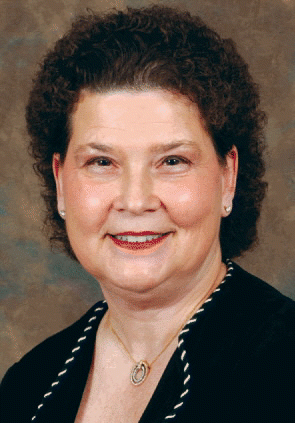Lack of awareness surrounding exercise-induced paradoxical vocal fold movement (PVFM) as a cause of dyspnea may contribute to athletes being misdiagnosed and improperly treated.
Explore This Issue
May 2009Patients are often mistakenly diagnosed with asthma and treated with inhalers, which are not effective in PVFM, explained Natasha Mirza, MD, Associate Professor of Otorhinolaryngology-Head and Neck Surgery at the Hospital of the University of Pennsylvania, Director of the Penn Voice and Swallowing Center, and Chief of the Division of Otolaryngology at the Veterans Administration Medical Center. Fortunately, a variety of effective treatment options exist for treating PVFM.
Characteristics of PVFM
PVFM, often triggered by exercise, is a condition in which the vocal folds don’t open properly causing dyspnea, explained Jonathan Aviv, MD, FACS, Professor of Otolaryngology-Head and Neck Surgery, Director of the Division of Laryngology, and Medical Director of the Voice and Swallowing Center at Columbia University Medical Center, New York-Presbyterian Hospital.
When PVFM is present, the vocal folds will shut during breathing or after patients have finished speaking, said Dr. Aviv. The condition is usually characterized by vocal fold closure consisting of 50% of the glottic airway.
During PFVM, the patient becomes a clavicular rather than a diaphragmatic breather, said Bernice Klaben, PhD, Associate Professor in the Department of Otolaryngology at the University of Cincinnati. If patients are breathing hard, they might experience stridor on inhalation, she added.
 With athletes, we’ll have them start this type of [diaphragmatic] breathing in a supine position, gradually move them to upright, and then work them on a treadmill or observe them while sprinting.
With athletes, we’ll have them start this type of [diaphragmatic] breathing in a supine position, gradually move them to upright, and then work them on a treadmill or observe them while sprinting.
-Bernice Klaben, PhD
PVFM in Athletes
PVFM can occur in any athlete, said Dr. Klaben, but it generally occurs in those who are overachievers and very good at their sport, she said. Although the literature states that PFVM is more prevalent in women, Dr. Klaben sees about the same number of males and females in her practice.
Other practitioners interviewed for this article find that PFVM occurs mostly in females. Dr. Aviv generally sees exercise-induced PFVM most often in high-achieving young women. It’s an anecdotal observation, and we don’t know why this occurs, but patients are often straight-A students who excel at athletics, he said.
Barbara Mathers-Schmidt, PhD, Professor and Chair of Communication Sciences and Disorders at Western Washington University, also tends to see more women in her practice. I’m not sure why, she said. You can leap to the assumption that women are more likely to seek help, but I’ve also seen male patients of all ages who are football players, runners, and cyclists.
Leave a Reply